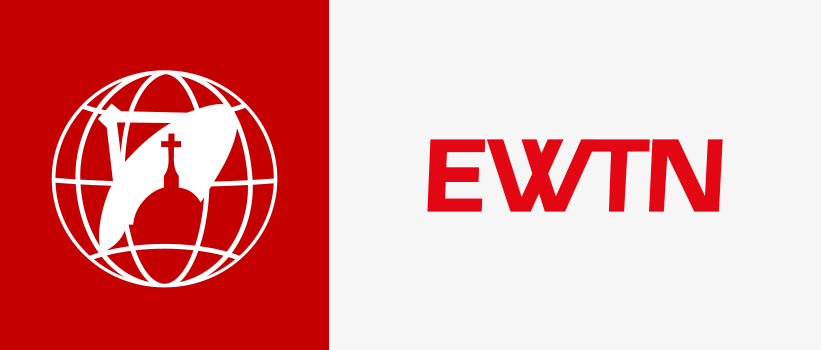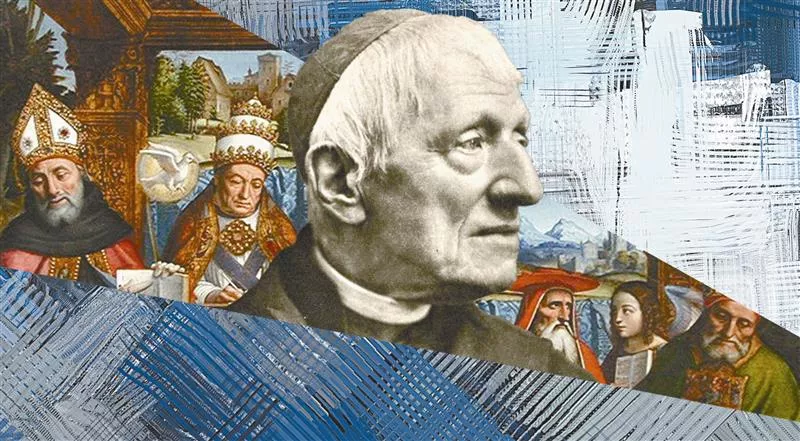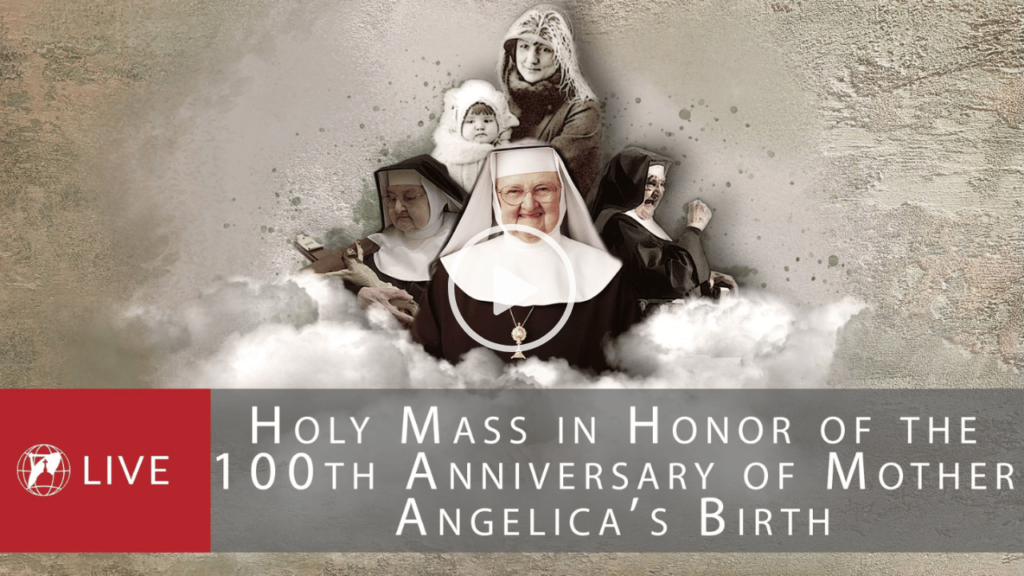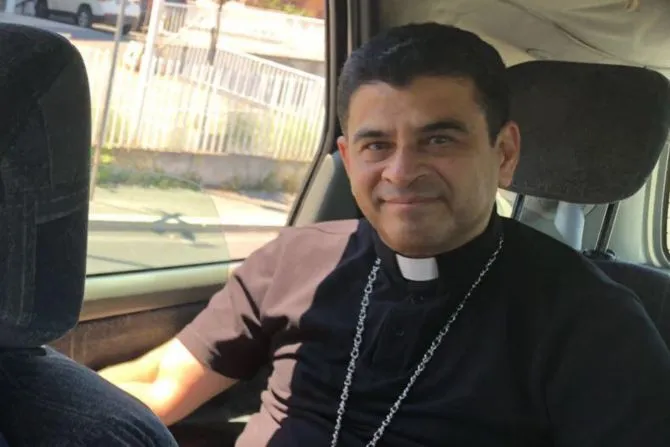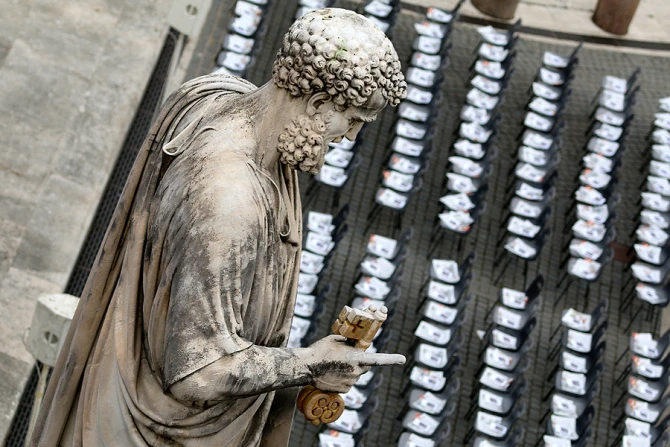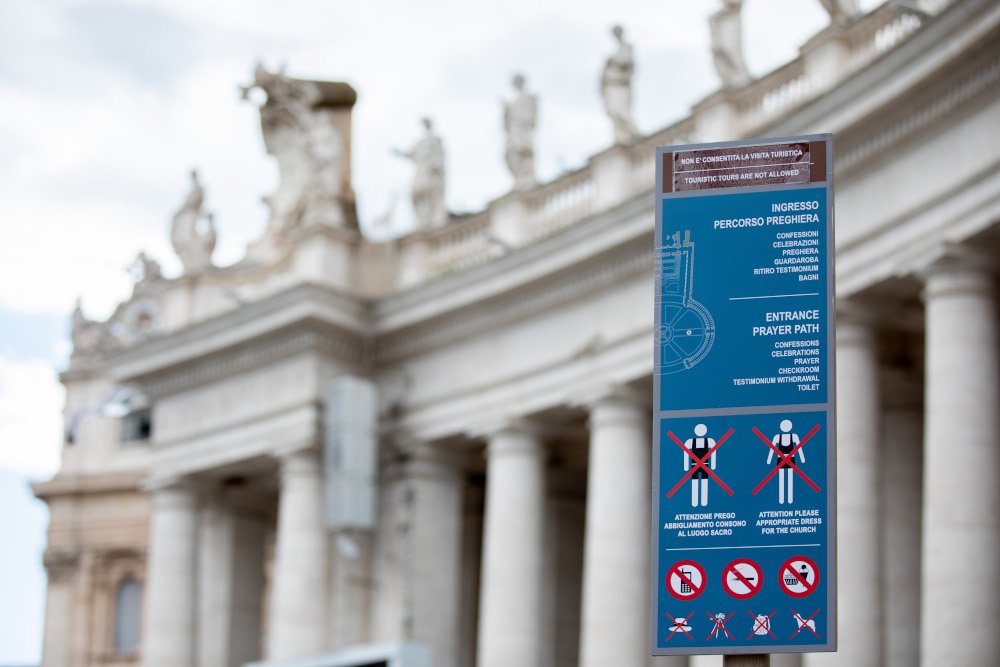COMMENTARY: Once barred from Oxford for his faith, the English convert who preached of a ‘second spring’ now joins the ranks of Ambrose, Augustine, Chrysostom and Athanasius.
Pope Leo XIV will declare St. John Henry Newman a doctor of the Church on Nov. 1, All Saints’ Day, capping off a remarkable few weeks for Catholics in his native England — weeks that illustrated how far their present position has changed since the mid-19th century. Newman is being made a doctor for his theological work, but the timing emphasizes the historical shifts of which he was both a participant and a witness.
Oct. 9 was the 180th anniversary of his conversion to Catholicism in 1845. A few weeks before that, Sept. 29 was the 175th anniversary of the restoration of the English hierarchy in 1850, three centuries after King Henry VIII split with Rome.
This week, King Charles III and Queen Camilla will make a Jubilee-year state visit to the Holy See; Her Late Majesty Queen Elizabeth II did the same during the Great Jubilee of 2000. A lot of historical ground has been covered between 1850 and 2025.
In 1845, when Newman became Catholic, he had to leave his academic life at Oxford; Catholics were not eligible to be professors or students. The future doctor of the Church was not permitted to teach at a Christian (Anglican) university.
It was a remnant of what was once fierce persecution, the martyrs of which have earned great devotion — Sts. John Fisher, Thomas More, Edmund Campion, Margaret Clitherow and Oliver Plunkett among them. Catholics were officially discriminated against in law, even when not in mortal danger.
By 1829, the time of intense persecution had passed, and the British Parliament passed the Roman Catholic Relief Act. “Catholic emancipation” removed legal barriers to Catholics, including the prohibition on holding public office. (The requirement at the universities, Cambridge and Oxford, to profess the Anglican faith still remained.)
In this new climate, the Holy See decided to reestablish the proper structure of Catholic life in England: dioceses and bishops. Since 1688, a missionary bishop, or “vicar apostolic,” had oversight of Catholics in London, there not being a Catholic diocese for a bishop to preside over. There were “missions” but not permanent parishes.
In 1850, on St. Michael’s feast day, Blessed Pius IX “restored the hierarchy” in England and Wales. New dioceses were established and new bishops appointed. The Archdiocese of Westminster thus celebrated its 175th anniversary this year.
The reaction of the Anglican establishment at the time was fierce. Parliament passed anti-Catholic laws, though they were not enforced and were repealed decades later. Denunciations of “papal aggression” were widespread.
Queen Victoria herself was said to have expressed her dismay; that will be a faint memory when King Charles visits Pope Leo XIV. As Prince of Wales, he personally attended the canonization of Cardinal Newman in 2019.
Newman himself would be a victim of that wave of anti-Catholic bigotry, charged — and wrongfully convicted — of libeling a defrocked Catholic priest of notorious immorality in a trial presided over by an anti-Catholic judge. Newman was forced to cover court costs of some £12,000 (more than $1 million today).
By 1852, though, such was Newman’s fame and esteem that Catholics the world over contributed to cover the cost — so much so that, with the surplus, Newman was able to purchase Rednal, the Oratory country retreat where he is buried.
This was the environment in which Newman delivered one of his most famous sermons.
In 1852, the newly established Diocese of Westminster held its first provincial synod, and Newman was invited to preach to the assembled bishops. The convert would preach at almost every significant Catholic event until his death in 1890.
Newman delivered a sermon entitled “The Second Spring,” comparing the restoration of Catholic dioceses to the return of life in the spring after a long winter. Newman himself was the finest flower of that new growth. That the harvest of his work would one day be judged worthy of joining Ambrose and Augustine, Chrysostom and Athanasius as doctors of the Church was not imaginable at the time.
Newman addressed directly the outburst of anti-Catholicism that marked the restoration of the Catholic hierarchy in his typically lyrical prose.
“But what is it, my Fathers, my Brothers, what is it that has happened in England just at this time?” he asked. “Something strange is passing over this land … the occurrence of a national commotion, almost without parallel, more violent than has happened here for centuries — at least in the judgments and intentions of men, if not in act and deed. … Every party in the body politic undergoes its influence — from the Queen upon her throne, down to the little ones in the infant or day school.”
The commotion was that the Catholic Church, beaten and left for dead, had somehow returned to life.
“This, then, is the cause of this national transport, this national cry, which encompasses us,” Newman preached. “The past has returned, the dead lives. Thrones are overturned, and are never restored; States live and die, and then are matter only for history. Babylon was great, and Tyre, and Egypt, and Nineve, and shall never be great again. The English Church was, and the English Church was not, and the English Church is once again. This is the portent, worthy of a cry. It is the coming in of a Second Spring; it is a restoration in the moral world, such as that which yearly takes place in the physical.”
From that homily in 1852 about the events of 1850 and their aftermath, the Second Spring inaugurated a new flourishing of English Catholicism, a procession that includes Ronald Knox, G.K. Chesterton, J.R.R. Tolkien and other marvelous, if lesser, lights.
Newman’s canonization and declaration as a doctor of the Church is the brightest shining of that light, the sun climbing to its height in the summer sky, 175 years after Catholic life returned, officially, to England.
This article was originally published on National Catholic Register.
